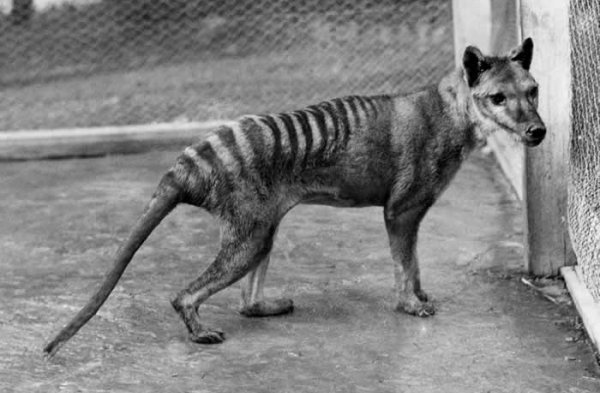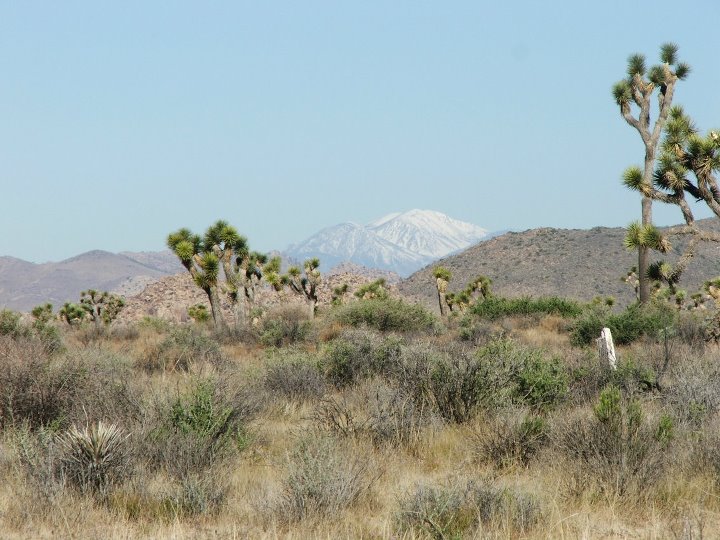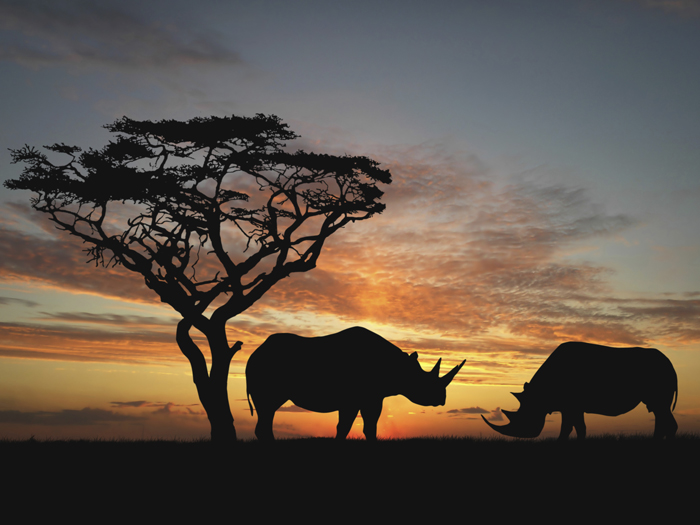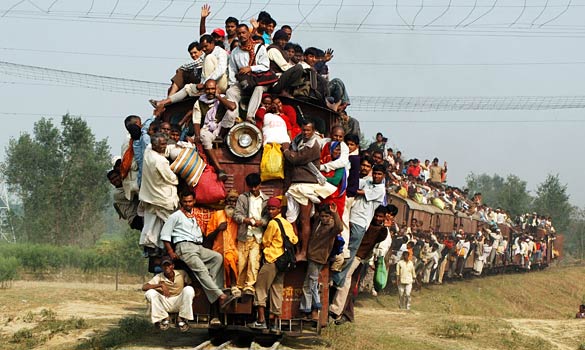When I first began working in the field of wildlife conservation I was very naïve. It was so easy to come up with solutions to habitat loss and species survival when humans were not factored into the equation. It was so very simple to point an accusatory finger. Part of the learning curve in this line of work is to understand that for every person who carries out atrocities against wildlife and their habitat, there are at least five that want to save them. In addition, identifying the driving force behind such horrific events is just as much of the …
Peace and Place For All




